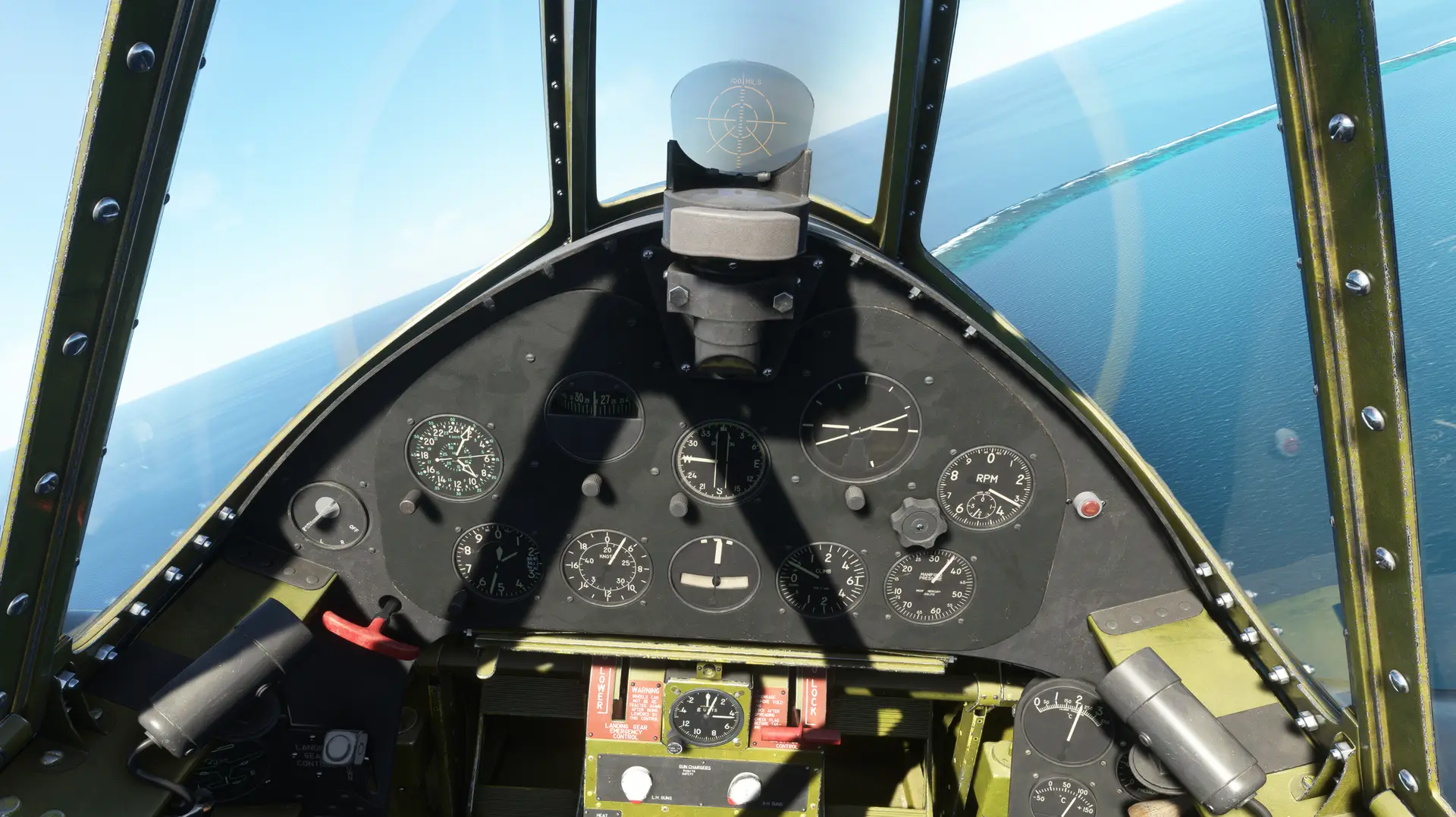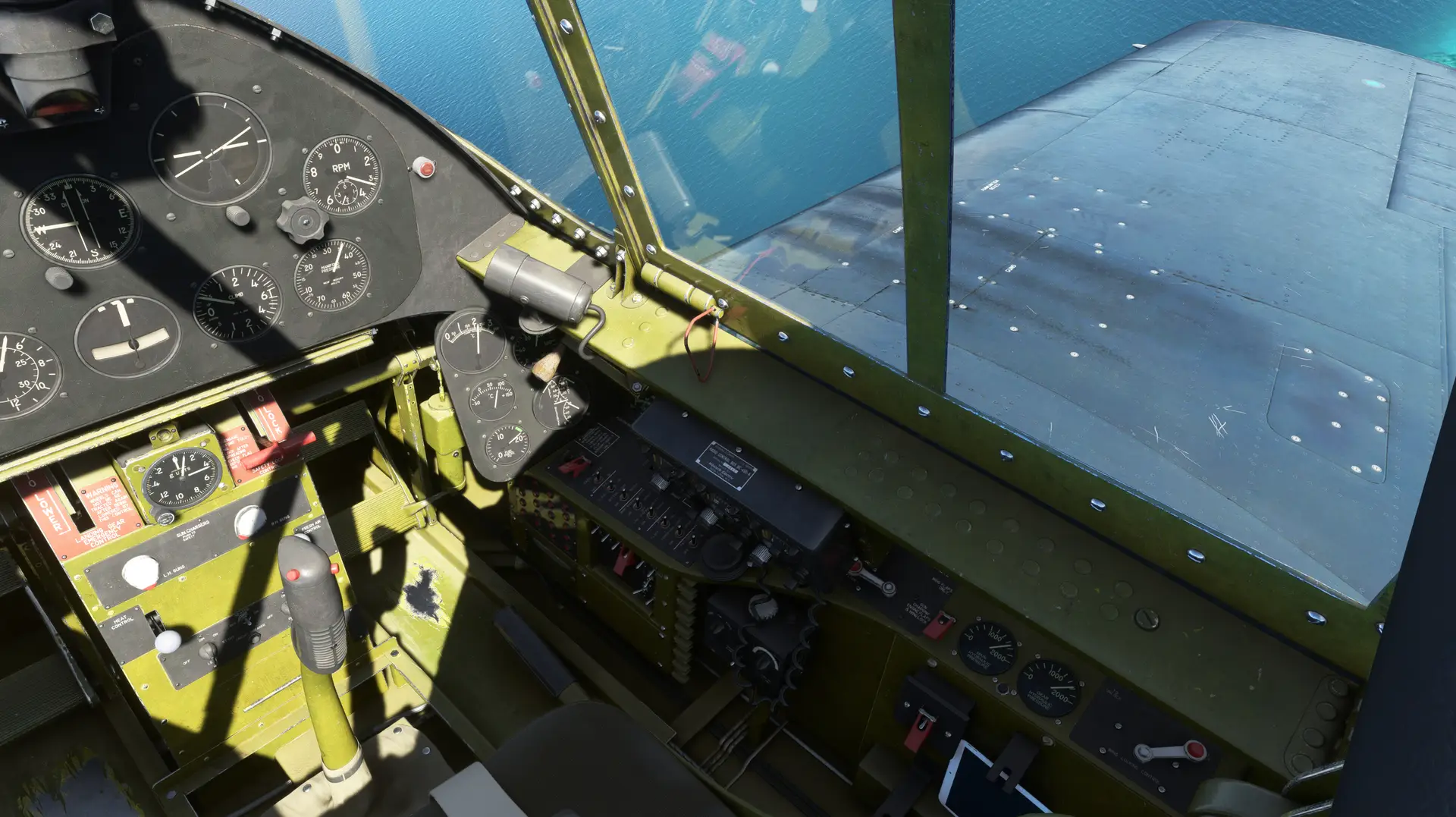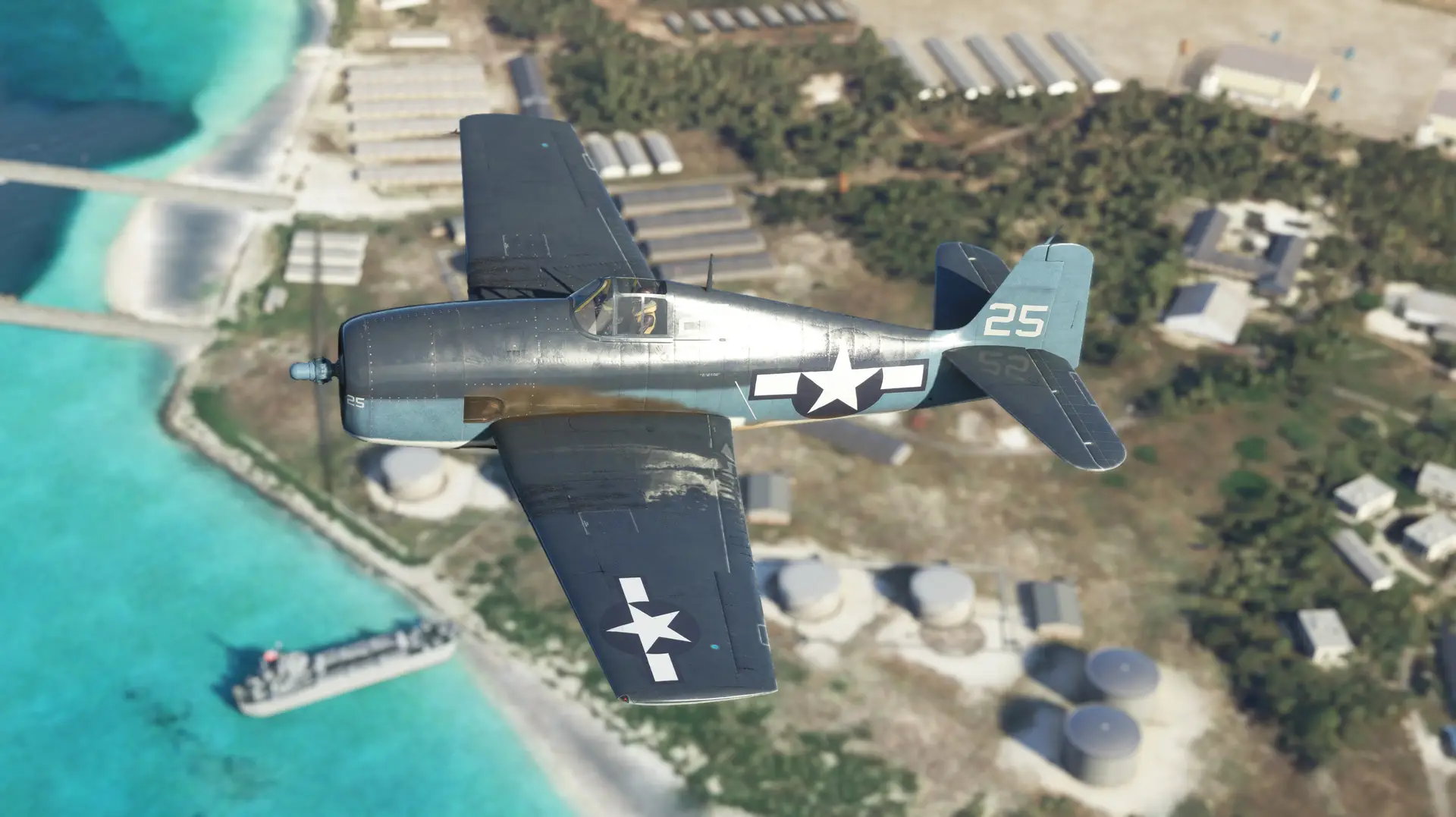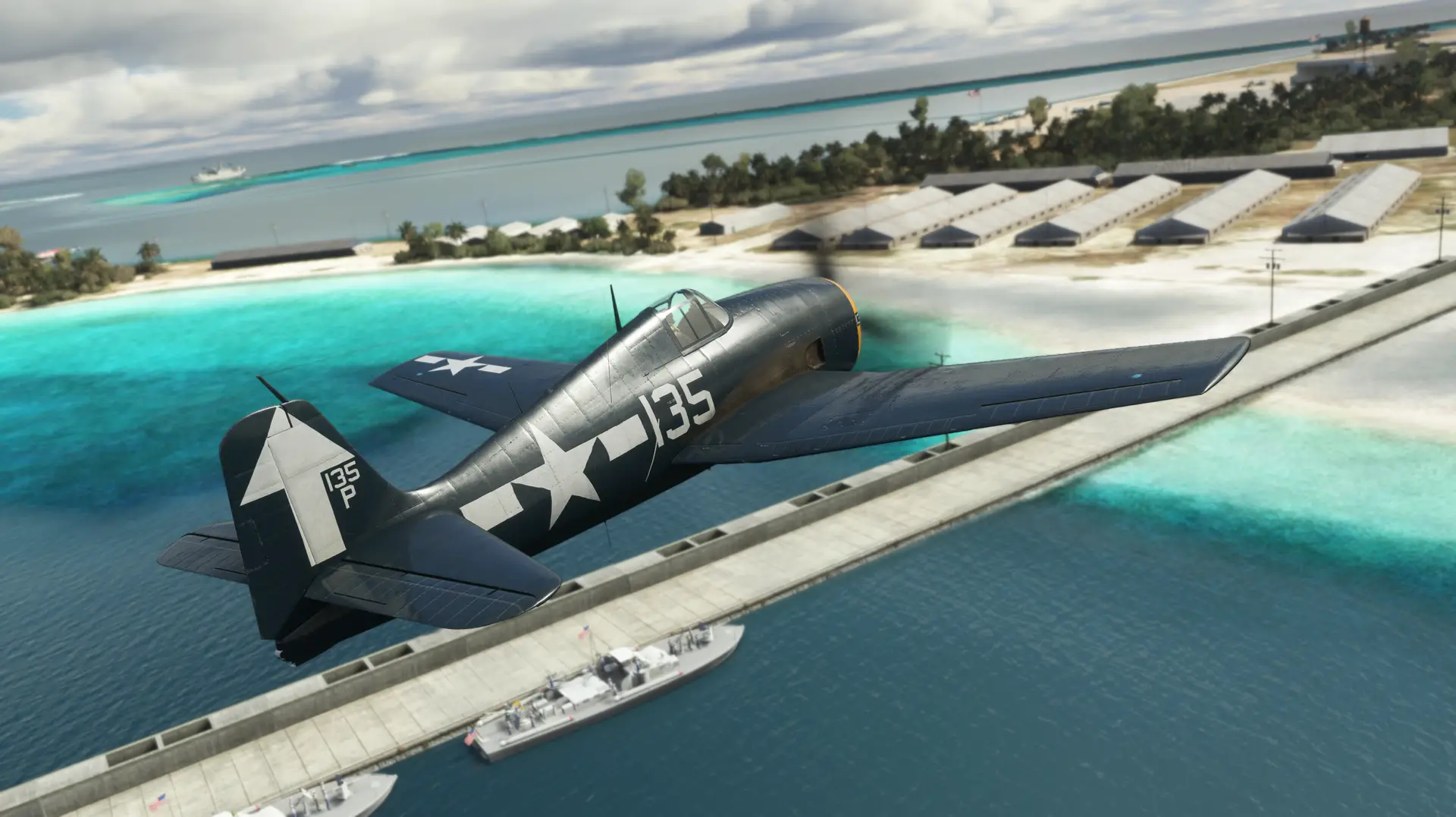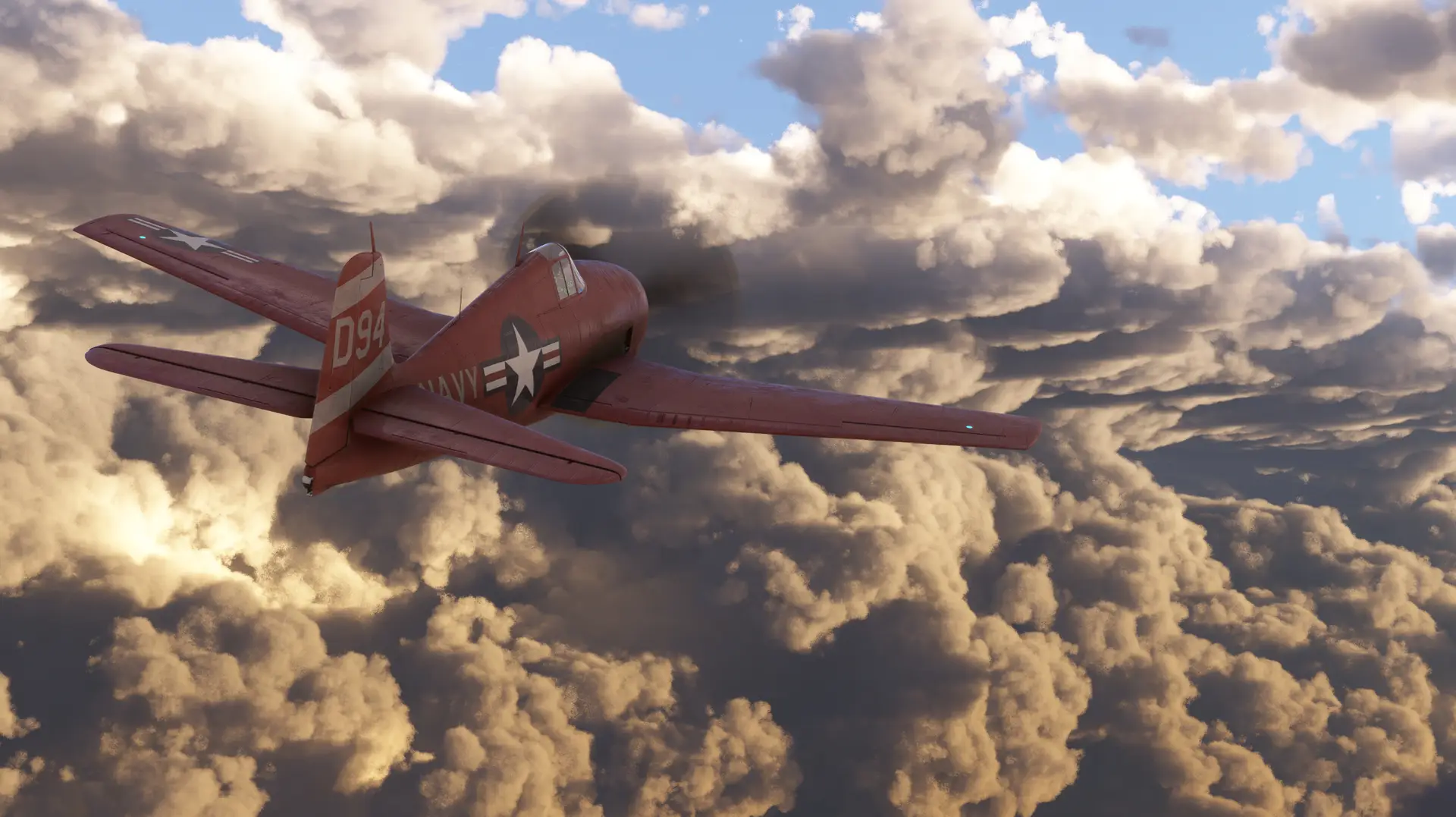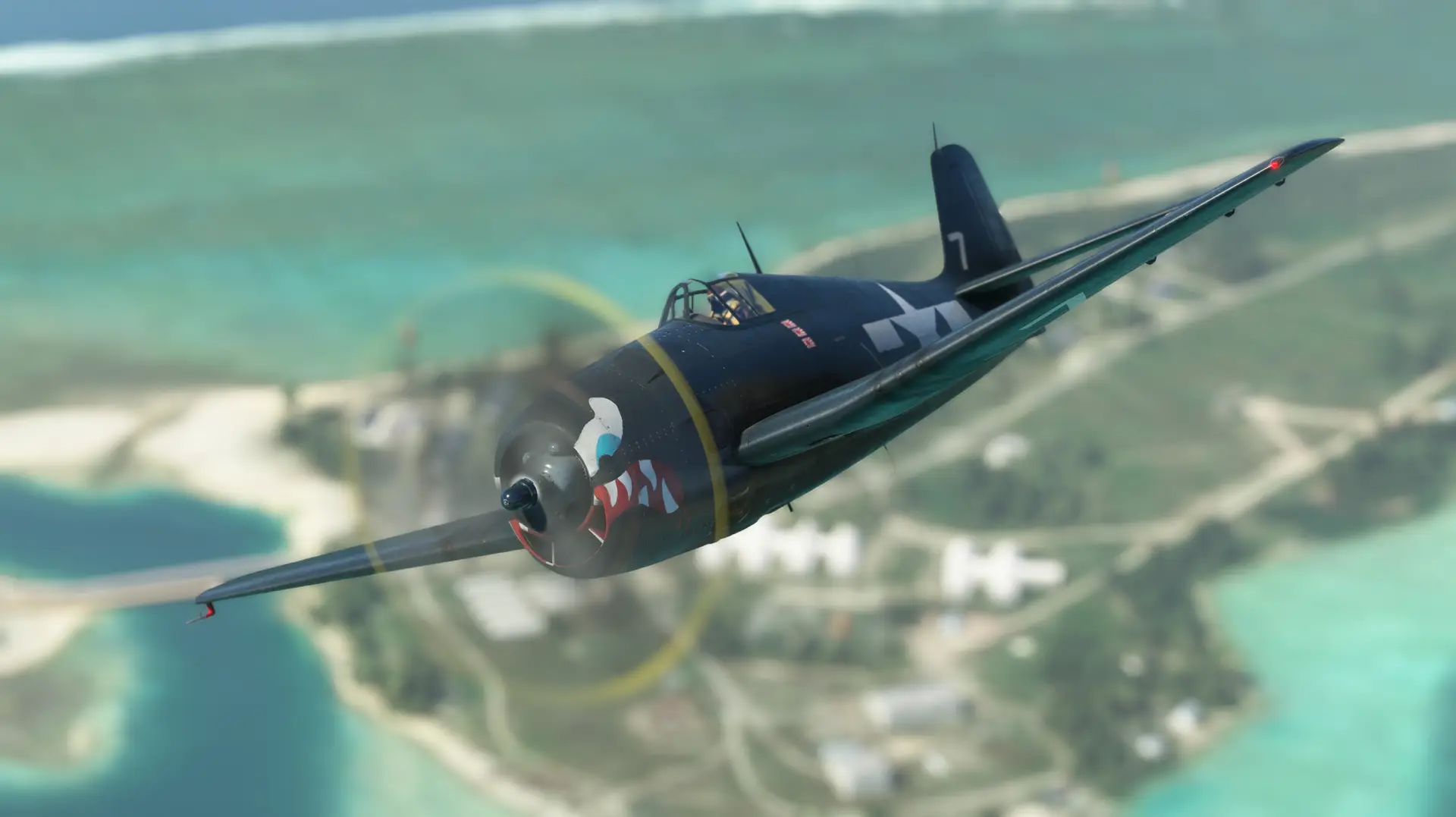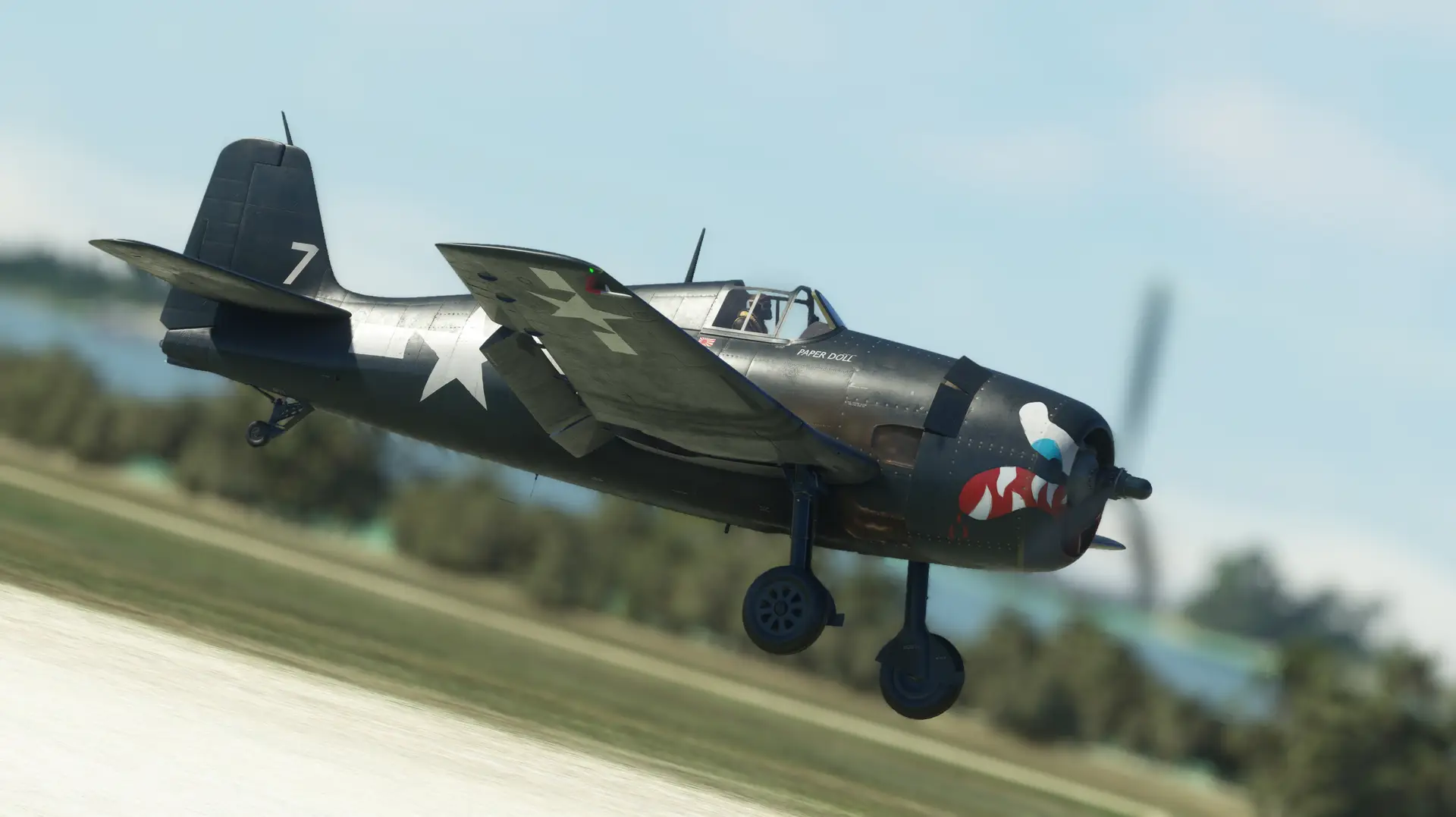- USD 30.49
- -31%
- USD 30.49
- USD 20.99
- Sale Ends: January 7 2026 6:00 PM +00:00
- View more offers at FS Addon Compare
- Added: October 13, 2022
- Updated: October 27, 2022
The carrier deck quakes as a deep, guttural roar cuts through the noise and demands respect. The deafening thumping of 18-cylinders is instantly recognisable … the Zero Killer. Ace Maker.
The F6F Hellcat.
The logical successor & evolution to the F4F Wildcat, the Hellcat was the monstrous carrier-borne aircraft of the United States Navy in the Pacific Theatre of WWII. The Hellcat first appeared operationally in August 1943, proving its value immediately and taking part in some of the greatest air battles of the Pacific; from the Caroline Islands, to the Battle of the Philippines & many more. The aircraft was incredibly successful in battle, accounting for more than half of all airborne kills from the US Navy. The F6F claimed 5,156 total kills with an extraordinary kill ratio of 19:1, creating 307 Hellcat Pilot aces in the process.
The Hellcat is easily distinguished on the deck by its folding wings & the unmistakeable earth-shaking roar of the enormous 2000+ hp Pratt & Whitney R-2800-10W Double Wasp Radial engine. The engine is an air-cooled radial piston engine, with 18 cylinders, a 2-speed supercharger and water injection for additional power demands. This monstrous engine drives a 3-bladed Hamilton Standard Propeller with an enormous 4m diameter, capable of powering the aircraft up to speeds of 391mph (629km/h).
Capable of reaching 20,000ft in under 8 minutes, with a combat range of almost 1000 miles and a service ceiling topping 37,300ft, the Hellcat can get off the deck and into the fight quickly. Prepare yourself to experience the thrill of a catapult launch off the deck. Once you’re in the sky, the real challenge remains: the terror of landing back down on the deck safely. Put yourself to the ultimate test of bravery & skill and see if you can fly the Hellcat as successfully as the great pilots of WWII.
Featuring all-new ground handling physics developed in-house, custom thermodynamics modelling, cockpit shake effects, realistic water injection & automated flaps (a ground-breaking feature of the time), supercharger modelling and much, much more. The F6F Hellcat has been truly brought to life in MSFS!
KEY FEATURES
- Gorgeous 3D Artwork, lovingly crafted over 6+ months to capture every fine detail of the real airframe
- Professional Wwise 3D Sound Design, using professionally captured audio recordings from a real F6F Hellcat & R-2800 Double Wasp Engine
- Ultra-realistic Flight Model, extensively tested & validated by real-world pilots with Warbird flying experience.
- Deep & realistic modelling of all aircraft engine & cockpit systems – pilots must fly as per real-world techniques & procedures to get the most out of the sim
- Extensive integration of custom modelling that overrides default MSFS behaviour – Thermodynamics (heat & cooling modelling), ground handling, engine damage, water injection and much more
- Full integration of the FlyingIron UI Tablet, featuring saveable user customisation options, settings, basic maintenance and live aircraft reports
- Detailed engine damage modelling (optional)
- Collimated Gunsight can be swapped for integrated GNS530 GPS
- Comprehensive user manual, complete with a large amount of reference tables, charts & procedures

